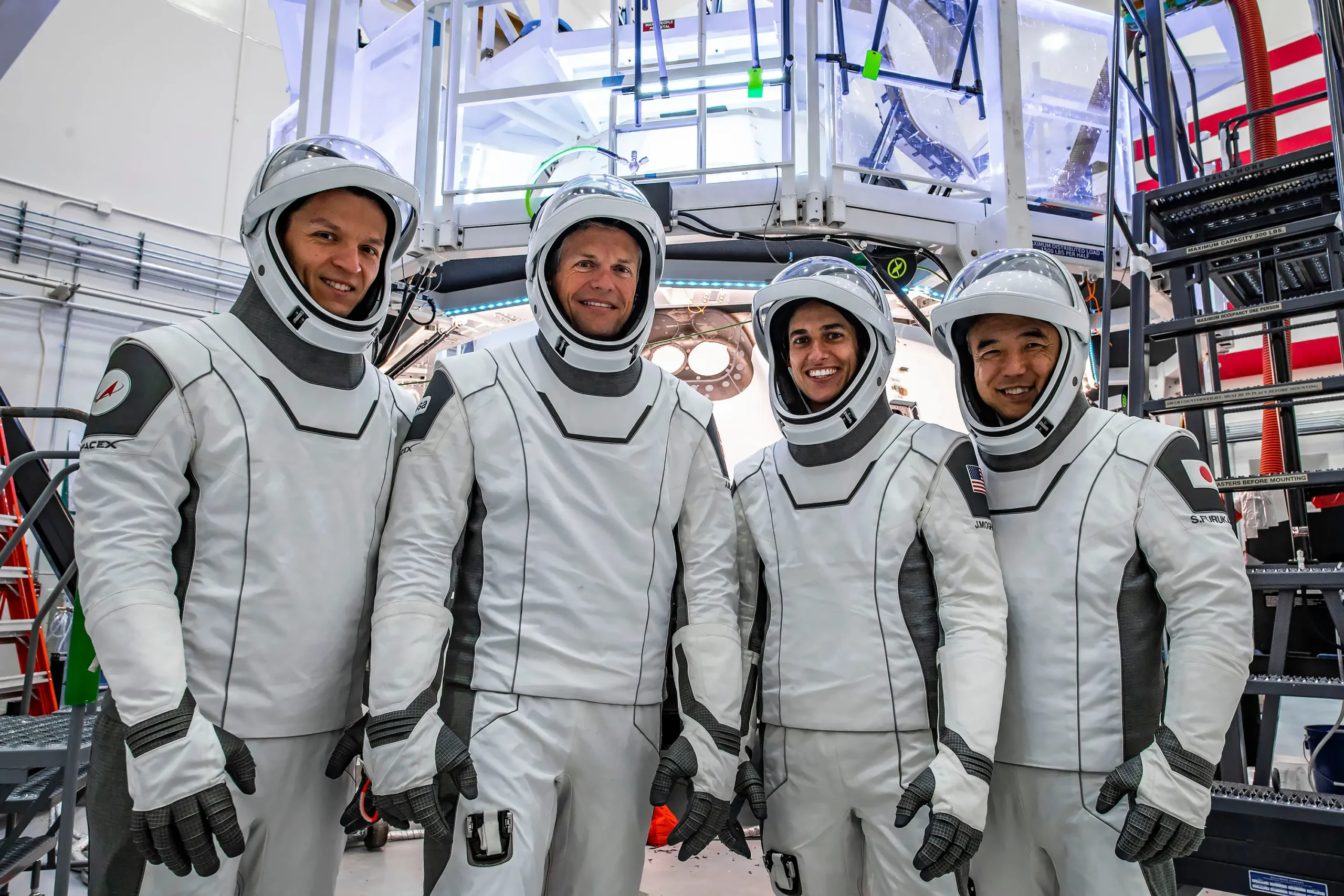
In the predawn quiet of March 12, 2024, the Gulf of Mexico near Pensacola, Florida, witnessed the successful conclusion of a remarkable journey. The SpaceX Crew-7, an international ensemble of astronauts from NASA, the European Space Agency (ESA), Japan Aerospace Exploration Agency (JAXA), and Roscosmos, safely returned to Earth, wrapping up a nearly six-month expedition aboard the International Space Station (ISS). Their spacecraft, Dragon Endurance, touched down at 5:47 a.m. EDT, marking a seamless end to their 199-day odyssey in orbit.
The crew, comprising NASA astronaut Jasmin Moghbeli, ESA astronaut Andreas Mogensen, JAXA astronaut Satoshi Furukawa, and Roscosmos cosmonaut Konstantin Borisov, embarked on this mission with the liftoff from the Kennedy Space Center on August 26, 2023. Throughout their stay, they engaged in a variety of scientific experiments and technical tasks, contributing valuable data and insights to ongoing research aimed at deepening our understanding of life in space and paving the way for future explorations to the Moon, Mars, and beyond.
The mission, dubbed Crew-7, highlighted the power of international cooperation in the realm of space exploration. Not only did it strengthen the bond between participating space agencies, but it also underscored the shared commitment to advancing human knowledge and capabilities in space. The astronauts’ activities aboard the ISS covered a broad spectrum of scientific domains, from health and biology to physics and earth sciences, all aimed at leveraging the unique microgravity environment of the station to conduct experiments not possible on Earth.
The return of Crew-7 was meticulously planned, with recovery ships Megan and Shannon, named in honor of the first women to fly aboard Crew Dragon, poised for action. The selection of the splashdown site off Pensacola was based on strict criteria, ensuring optimal conditions for the crew’s return. The precision of this operation was a testament to the extensive preparation and expertise of all teams involved, from the astronauts themselves to the support staff on the ground and at sea.
This mission also marked a significant milestone for the Crew Dragon spacecraft, with Endurance completing its third long-duration flight to the ISS. The durability and performance of the spacecraft were lauded, reflecting SpaceX’s ongoing contributions to human spaceflight. With each mission, the capabilities of Crew Dragon are further validated, reinforcing its role as a reliable vehicle for transporting astronauts to and from space.
Following their splashdown, the astronauts were quickly and safely extracted from the capsule and underwent initial health checks before being flown to NASA’s Johnson Space Center in Houston for further evaluation and debriefing. Their return not only signifies the completion of another successful mission to the ISS but also opens the door for subsequent expeditions and research opportunities.
The Crew-7 mission embodies the spirit of collaboration and discovery that defines human space exploration. As we look to the future, the experiences and findings from this mission will undoubtedly contribute to the broader goals of exploring deeper into space, understanding our place in the universe, and inspiring the next generation of explorers and scientists.